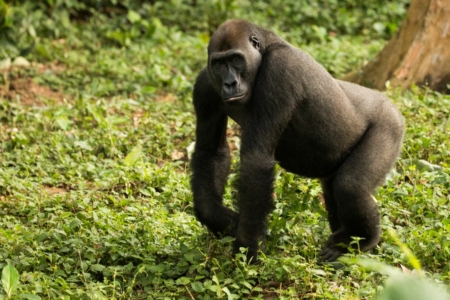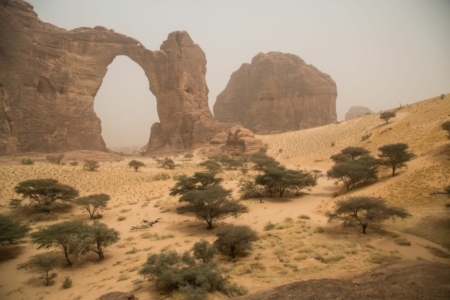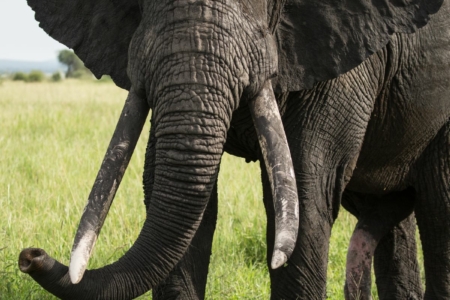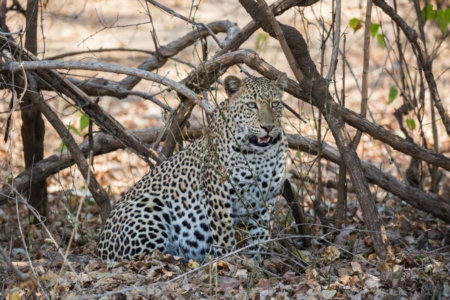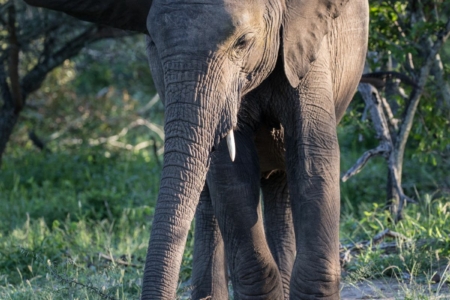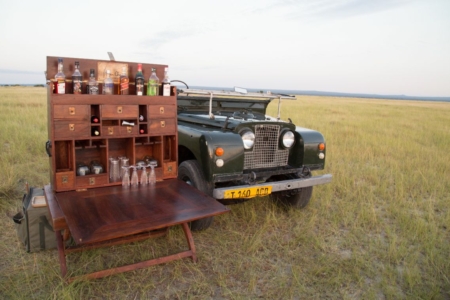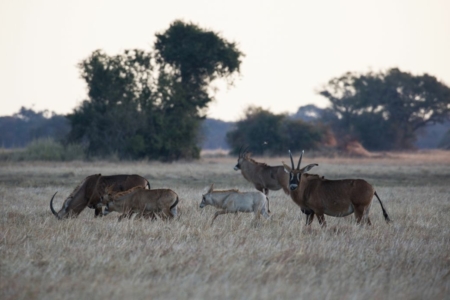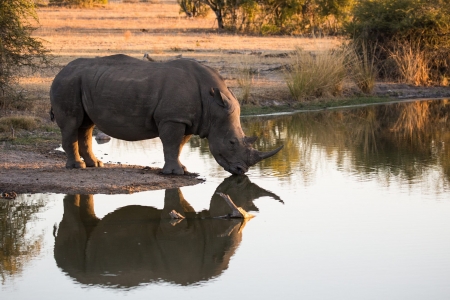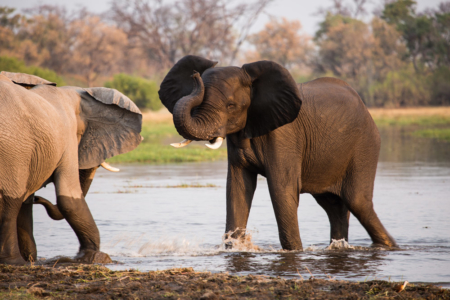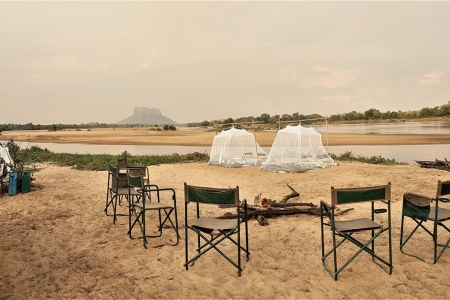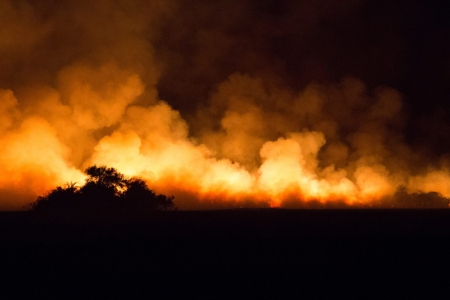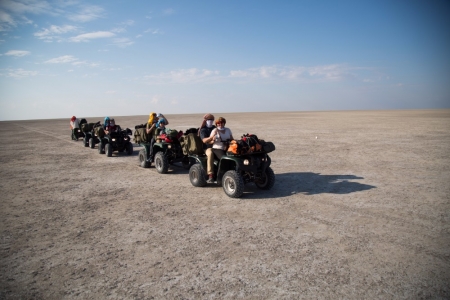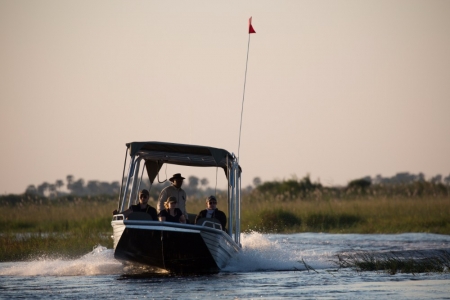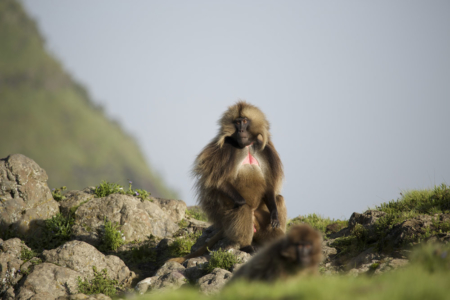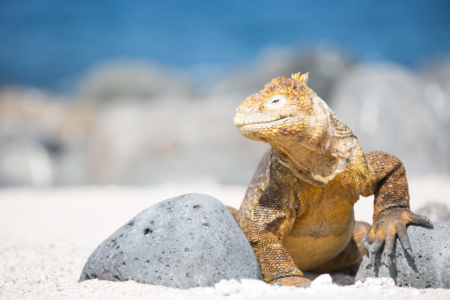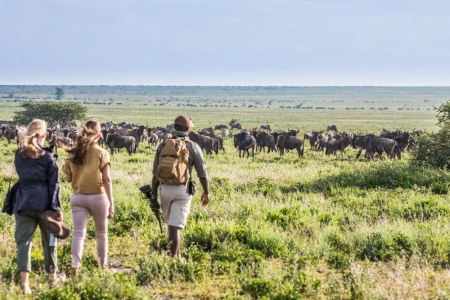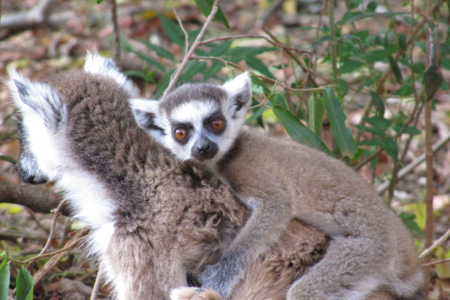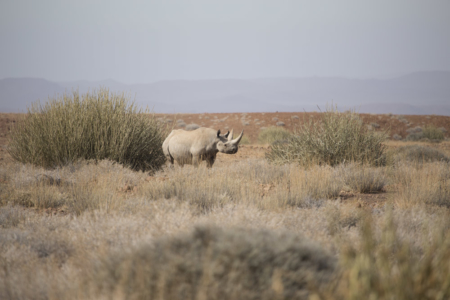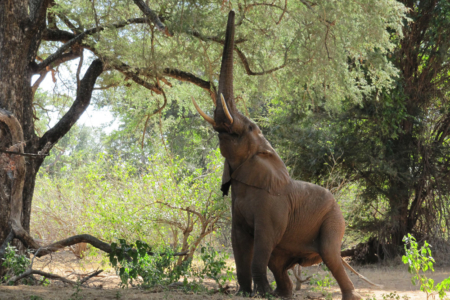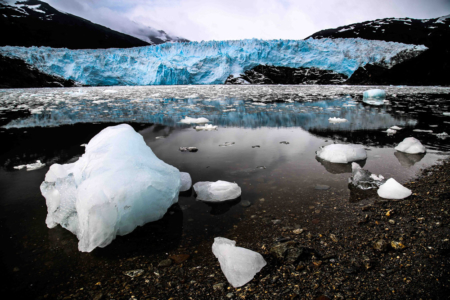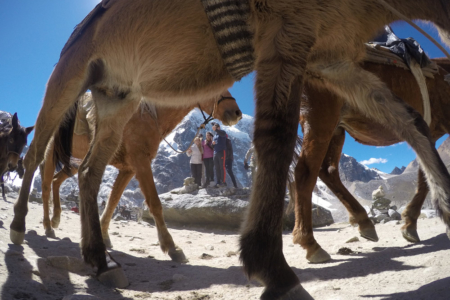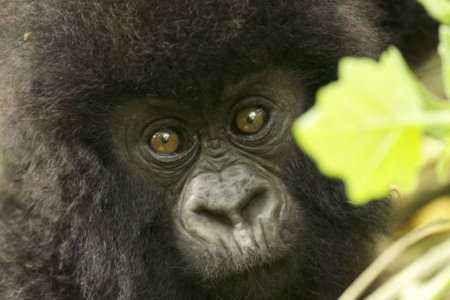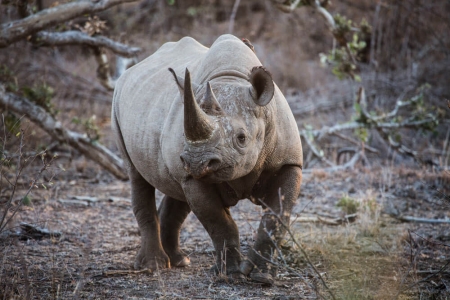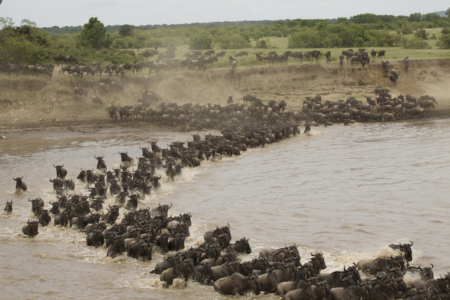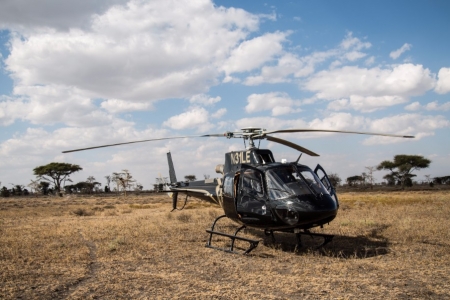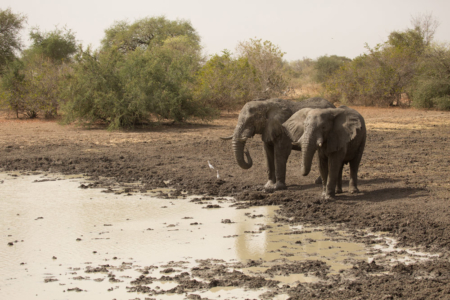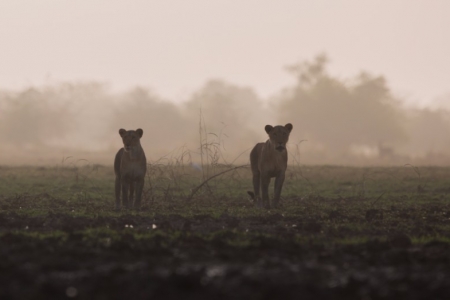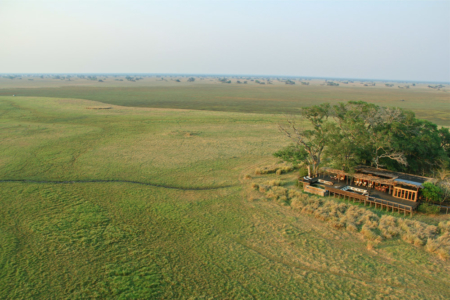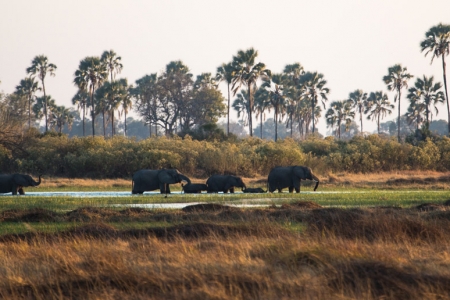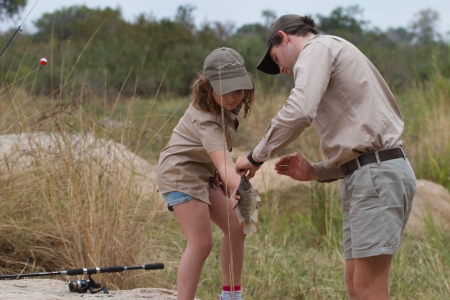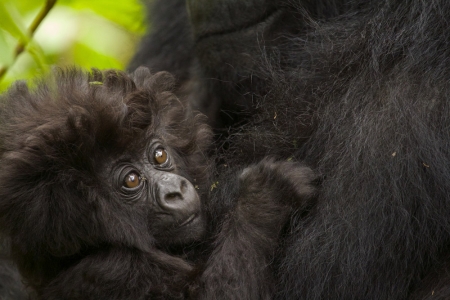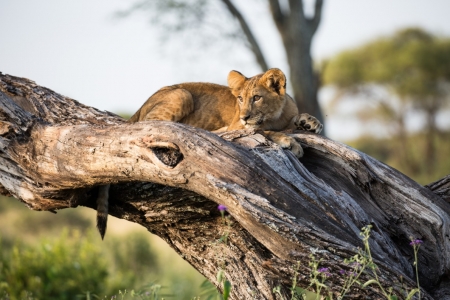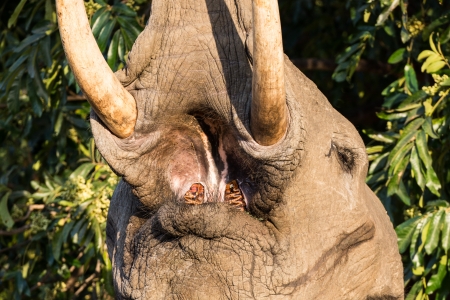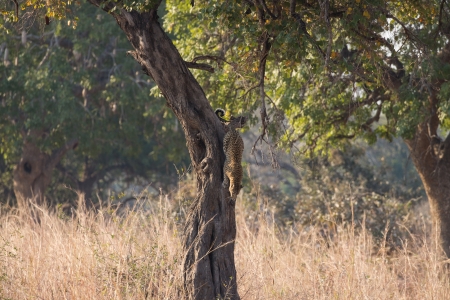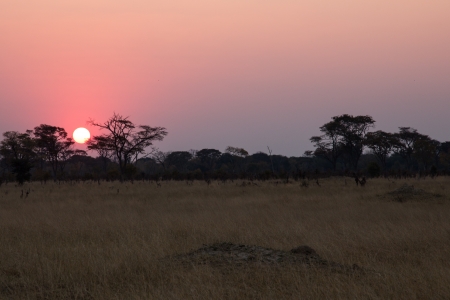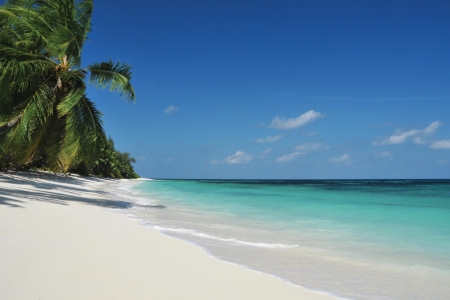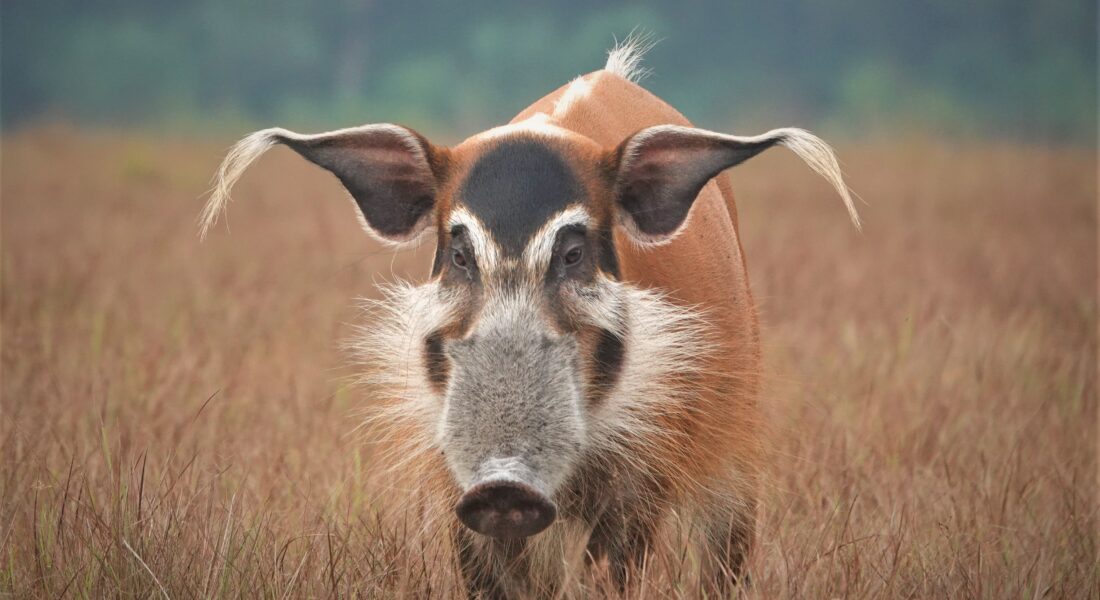
Gabon Expedition – a Guide’s Perspective
Anderson Expeditions expeditions guide Fraser Gear, recently spent some time exploring the wonders of Gabon and shares his reflections with us here…
Planning for my upcoming expedition to Gabon I have been thinking back to some of the amazing experiences on my last to trips to this incredible country. My next expedition will focus on coastal areas in Pongara and Loango National Parks. As a big fan of all things coastal this trip promises to be a real treat.
Red River Hogs
Without doubt, the planet’s best-looking pig is the Red River Hog. Loango National Park in Gabon is one of the best places to get cracking views of this amazing beast. The hogs crash around in small groups digging for root and tubers, searching for fruiting trees and travelling between wallows and feeding areas. On my last visit to Loango we were treated to an unbelievable sighting. We were making our way through the open savanna areas on our way to explore a remote patch of wild forest. In the distance we spotted a group of hogs out in the open. The conditions were perfect – the hogs had not yet seen or heard us, and we had a steady breeze blowing our scent away. We left the vehicle and quietly made our way out across the savanna. The hogs were steadily moving in our direction so we anticipated where they may pass and sat quietly in the short grass waiting for their approach. As we waited in silence more and more hogs emerged from the forest heading our way until at least 40 hogs were out in the open with us. And still they kept coming closer. Our wind held steady, and they were completely unaware of our presence until the lead pigs finally started getting a bit suspicious at about 10m from us. To my surprise, they did not flee but simply adjusted their course slightly to bypass the small band of humans sitting still as stone in the open. Once the last stragglers had passed we were able to quietly slip away without ever having disturbed the hogs. Perfect!
Forest elephants
One of the mega attractions in Loango National Park is the chance to see big game, particularly forest elephants, on the beach. The endless wilderness coastline fringed by the deep green of the forest is a truly remarkable habitat. On my first expedition, we had headed out in the early afternoon to explore the coast and hopefully find some forest elies on the beach. We had some good success early with a beautiful herd of forest buffalo relaxing on the white beach sand. Elephants were seen but they seemed a bit skittish of our presence and moved back into the forest before we came too close. So, when we spotted a small family herd in the distance, we decided to try another tactic. Stopping the vehicle, we quietly got out of the vehicle and poured ourselves a fine G and T to soak up the scene. Over about an hour the elephants slowly moved closer to where we were parked, and other small families emerged from the forest to join them out in the open. We had the waves of the Atlantic Ocean crashing onto an endless beach on one side, forest elephants spread out on short grass all around us on the other, and flocks of African Grey Parrot screeching noisily over the forest behind them! Nowhere else can you experience such an incredible scene! As the light was starting to fade, we had to finally pull ourselves away from this incredible beauty … as we started the vehicle the elies, who had now got quite close, took exception to the disturbance and started trumpeting and flaring their ears as we departed, quite the sendoff!
Red capped Mangabey
Loango boasts an impressive array of primate species from tiny nocturnal galagoes to enormous lowland gorillas. Our expeditions seek out as many of these species as possible. This can take considerable effort as many are shy and inconspicuous or involve long treks through swampy forest. One morning we had been following a large group of Red-capped Mangabey through gallery forest. They were proving very difficult to get a satisfactory view of and we were slowly becoming frustrated. Every approach we attempted ended with the Mangabeys darting out of view in thick cover. We really wanted a decent experience with these gorgeous monkeys. Not only are they strikingly colored and beautiful to look at but also extremely range-restricted, only occurring in a small region of coastal lowland forest in Gabon, Cameroon and Nigeria.
We were nearing the point of giving up when the Mangabeys suddenly changed direction and started heading towards a large lagoon area fringed with low tangled mangrove trees. Here we could have a chance of a decent view. We quickly and quietly made our way around to where we thought they would emerge from the thicker forest and hid behind a thicket with a view over the mangrove and the lagoon. Our strategy paid off as slowly, one by one, the Mangabeys emerged and climbed into the low open mangrove tangles. We had some great views of them in the unique mangrove habitat before they surprised us all. With a splash the lead monkey leapt out of the mangroves into the lagoon and started swimming across the open stretch of water. In single file they followed, jumping into the deep water and swimming out across, until once in shallower water they bounded and splashed in the shallows to the beach and forest on the other side of the lagoon. Wow!
Gabon’s incredible forested landscape is certainly a highlight of visiting the country. Nowhere else in Africa have I experienced such vast expanses of intact rainforest. Deep inside this botanical wonderland, all manner of lianas, creepers, trees, shrubs and epiphytes compete for space and light. An incredible diversity of flowering and fruiting plants all with unique life stories, challenges, and strategies. Whilst searching for primates in some well-developed gallery forest in Loango National Park we were astounded to discover one of the most extraordinary flowering plants. Aristolochia triactina is weird and wonderful indeed. First off – the flower is almost scary to look at, they look like they could bite! Then the overpowering odor of rotting carcass fills the humid forest air. On second look the flower appears like flesh. Herein lies the plants strategy – attract flies to pollinate the flower. The flies are tricked into visiting the flower – they make their way deep inside the flower where they become trapped by the labyrinth of bristles and a closing flower tube. The flower has two phases – female and male. First as a female she is pollinated by the flies that are busily searching for places to lay their eggs and perhaps also a way out of the trap. Then, once pollinated the flower enters the male phase, releasing pollen to coat the trapped flies. Once the flies are well covered in pollen, the flower reopens to release the flies once more into the forest. The flies are then once again tricked by another flower which they enter – covered in pollen – to pollinate another flower in the female stage. Incredible!
